Domestic iron ore production is projected to grow by five percent in 2018-19, helped by a stable demand for steel from the infrastructure and automobile industries, industry sources said.

Apart from the anticipated growth in production, demand for iron ore inside the country will be met by the accumulated ore stocks at mine heads mainly in the states of Odisha and Jharkhand which between them account for 80 percent of the piled up inventory.
In FY18, the country produced 210 million tons (mt) of iron ore, up nine per cent year-on-year and breaching the 200 mt mark in output after a hiatus of seven years. Iron ore production had peaked at 218 mt in 2009-10 and later slumped by 40 percent to 136 mt in 2012-13 as key producing states such as Karnataka and Goa were burdened with court-ordered mining bans.
Last fiscal witnessed iron ore output climbing to a high and the same uptrend is expected in 2018-19.
The Supreme Court has hiked the annual production cap in Karnataka from 30 to 35 mt. This will help bring some incremental production. NMDC, the largest miner, has also vowed to scale up output this fiscal.
The domestic demand for iron ore looks positive. That apart, the export markets have shown promise too with China sourcing more of iron ore pellets from India, sources said.
この記事は Steel Insights の October 2018 版に掲載されています。
7 日間の Magzter GOLD 無料トライアルを開始して、何千もの厳選されたプレミアム ストーリー、9,000 以上の雑誌や新聞にアクセスしてください。
すでに購読者です ? サインイン
この記事は Steel Insights の October 2018 版に掲載されています。
7 日間の Magzter GOLD 無料トライアルを開始して、何千もの厳選されたプレミアム ストーリー、9,000 以上の雑誌や新聞にアクセスしてください。
すでに購読者です? サインイン

Steel's Net Zero mission
The country’s commitment to achieving Net Zero within a targeted timeframe will now propel its steel sector towards a sustainable future in line with global trends.
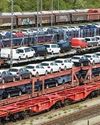
Fuel Price Hike, Supply Chain Disruption Hurt Festive Sales
Supply chain disruptions and fuel price hikes have hurt festive sales in a big way as most auto majors posted decline in sales in October.
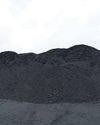
Seaborne coking coal offers remain range-bound
Seaborne coking coal offers moved in a narrow range in October amid global supply tightness and healthy spot demand.
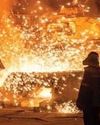
Global crude steel output down 8% in September
China manufactured 74 mt in September, fall of 21% y-o-y while India’s production went up by 7% to 10 mt.
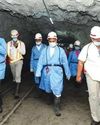
MOIL embarks on expansion projects
“Even though our country is blessed with manganese ore reserves, we import 50% of the domestic requirement. We have to lower our import dependence and save precious foreign exchange.” Ram Chandra Prasad Singh, Steel Minister

Iron ore handled by major ports down 17% in H1
The 12 major Indian ports handled 27 mt of iron-ore during H1 of 2021, down by 17% from 33 mt recorded for the corresponding period of previous year.
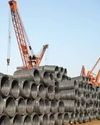
Shrinking China output to boost India exports
“In the third quarter of 2021, the company actively responded to the pressure from external policies, such as production curtailment and dual control system on energy consumption and intensity, as well as coal resource shortage and surging prices.” Baoshan Iron and Steel Co Ltd
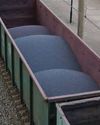
Indian Railways' iron-ore handling up 25% in H1
Indian Railways in April-September of 2021 (H1) transported 84 mt of iron ore, up by 25% over 67 mt during April-September 2020.
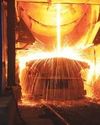
September crude steel production up 7.2% y-o-y
India’s crude steel production in September 2021 grew 7.2 percent to 9.547 million tons (mt) over September 2020 but was down by 3.2 percent from August 2021 output, provisional steel ministry data showed.

“Five enablers: way forward to sustainable cleaner steel”
Right and scalable technology, appropriate policy guidance by government, access to finance to fund transition, willingness of customers to pay for cleaner products and infrastructure for use of new technologies are the need of the hour for the sustainable and cleaner steel industry, according to Madhulika Sharma, Chief Corporate Sustainability, Tata Steel.